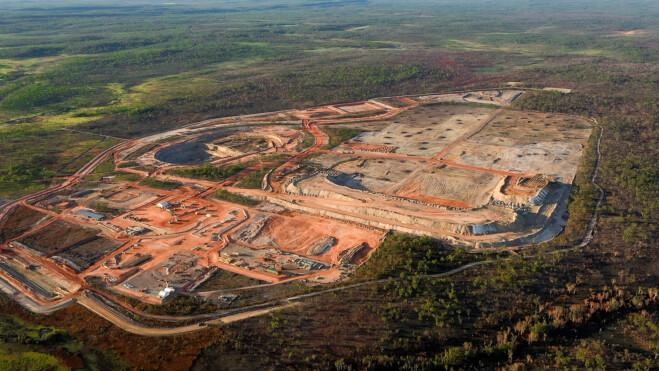

Fleet Space Technologies announced the successful completion of a trial using its proprietary ExoSphere Ambient Noise Tomography (ANT) technology to faster and non-invasively find critical lithium deposits.
This was commissioned by Australia’s newest lithium miner, Core Lithium, at its Finniss Project in Australia’s Northern Territory. This is in line with its mission to provide the globe with high-grade lithium suitable to power electric vehicles and renewable energy storage.
Core Lithium described the results of the trial as “an outstanding success,” noting an excellent correlation with the pegmatite body interpreted from drilling to depths in excess of 500 meters and stating that a number of previously unknown targets have emerged—a major boost for exploration.